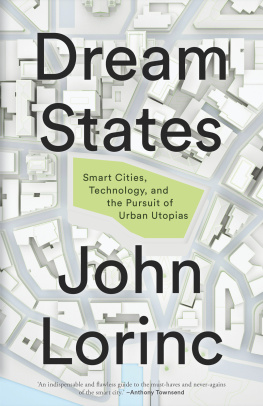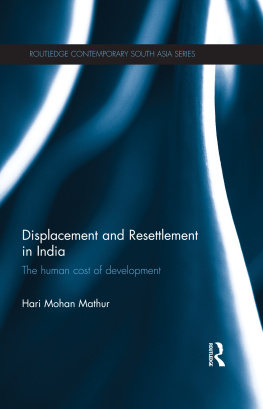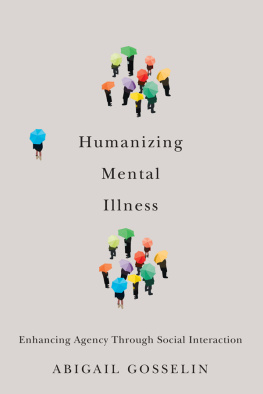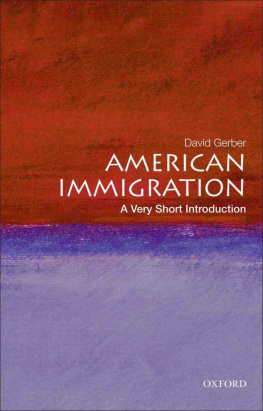Jay Pitter dedicates this book to Kirsten Breanna Azan
John Lorinc dedicates this book to Joan York and Vera Halmos
Essays copyright their individual authors, 2016
Collection copyright Coach House Books, 2016
first edition

Published with the generous assistance of the Canada Council for the Arts and the Ontario Arts Council. Coach House Books also acknowledges the support of the Government of Canada through the Canada Book Fund and the Government of Ontario through the Ontario Book Publishing Tax Credit.
LIBRARY AND ARCHIVES CANADA CATALOGUING IN PUBLICATION
Subdivided : city-building in an age of hyper-diversity / edited by Jay Pitter and John Lorinc.
Includes bibliographical references.
Issued in print and electronic formats.
ISBN 978-1-55245-332-2 (paperback).
1. Cultural pluralism--Ontario--Toronto--Case studies. 2. City planning--Social aspects--Ontario--Toronto--Case studies. 3. Toronto (Ont.)--Ethnic relations. 4. Toronto (Ont.)--Social conditions. I. Pitter, Jay, 1971-, editor II. Lorinc, John, 1963-, editor
HN110.T6S82 2016 | 305.8009713'541 | C2016-902092-4 |
|---|
Subdivided is available as an ebook: ISBN 978-1-77056-443-5 (EPUB),
ISBN 978-1-77056-458-9 (MOBI), ISBN 978-1-77056-444-2 (PDF).
Purchase of the print version of this book entitles you to a free digital copy. To claim your ebook of this title, please email sales@chbooks.com with proof of purchase or visit chbooks.com/digital. (Coach House Books reserves the right to terminate the free digital download offer at any time.)
CONTENTS
Jay Pitter
Beyhan Farhadi
Doug Saunders
Rebeka Tabobondung
Sarah Beamish and Sofia Ijaz
Fatima Syed
Denise DaCosta
Karen Pitter
Asmaa Malik
Nicholas Davis
Nana Yanful
Idil Burale
Ian Kamau, Paul Nguyen and Ryan Paterson, with John Lorinc
Jay Pitter
Photography by Taha Muharuma
Jay Pitter in conversation with Sandra Costain
Andrea Gunraj
Mariana Valverde
Eric Mann
Alina Chatterjee
John Lorinc
Noreen Ahmed-Ullah
Shawn Micallef
J. David Hulchanski
Introduction
Jay Pitter
I remember three things about second grade: the powdery aftermath that candy cigarettes left above my lips; the itchy floral dress my mother made me wear on special occasions; and my teacher, an Irish-Canadian man with curly hair that resembled an afro. It was the late 1970s an unlikely decade for reasonable fashion or snack options, and an era when it was even more unlikely for a teacher and a student from vastly different experiences to forge an enduring relationship.
Our narrative begins in an elementary school located between a residential subdivision in Torontos east end and the public housing community where I grew up. I was a gregarious, feisty little girl who often spoke out of turn. One day, while I was telling a story in the back of the class, Mr. Frank stopped the lesson and said, It really doesnt make sense for both of us to speak at once. Is there something important youd like to share with everyone?
Typically, an eight-year-old would be silenced by such a question. But I confidently shared my tale. What came next was profoundly transformative. Mr. Frank acknowledged the value of my voice and, perhaps more importantly, provided a safe space for me to be heard. This was especially significant to me because I often felt unsafe as a child.
From that moment forward, our lives intertwined. He encouraged me to be a part of the larger classroom community, which progressed into excursions to the theatre, ballet, library and frequent pizza lunches. During summer vacations, Mr. Frank sidestepped the intimidating characters who patrolled the perimeter of my neighbourhood to bring me books and reminders that it was crucial for me to imagine myself beyond its narrow margins.
As I think back to this relationship, which shaped my life, I see how it could exemplify multiculturalism, as championed by Liberal Prime Minister Pierre Trudeau. It was an instance of how the lives of two people situated in opposite social locations Black and white, male and female, child and adult, poor and economically stable intersected meaningfully within the context of a fast-growing city. It seems like a story that supports our proclamation that diversity does, in fact, work. Yet as I observe todays teeming city-region, I know that such stories, and the intricate forces that create them, are far too rare to validate the efficacy of diversity and the paint-by-numbers politics of urban identity. It isnt that diversity is bad; its inherent in the urban projects built environment and natural ecology. But when it comes to the human beings who collectively make up a global city like Toronto a place with accelerating social, economic and ethnocultural divisions the over-emphasis placed on diversity is lazy social shorthand, an attempt to smooth over ragged edges we struggle to understand. Civic leaders endlessly repeat the catchphrase Diversity is our strength, as if it could resolve our issues or conclude difficult discussions.
Cities and Social Diversity
Cities are a constant negotiation of distance and difference. Across time, people have cast their hopes toward these collectively conceived places of possibility that are at once immutable and fragile. Within a few city blocks, towers of industry and influence preside over cars and cyclists competing for space, parkettes constrained by concrete and pedestrians navigating the new homeless entire families huddling atop street grates.
As a result of unprecedented migration and intensification, we are building global cities in which we literally live on top of one another. We have created a complex convergence of stories that reveal growing social disparities. More than ever, many urban dwellers exist in a daily dissonance of economic despair and polarized ideology, while others revel in an affluent world of chic boutiques, high-end restaurants and impossibly expensive homes.
In recent decades, weve wrongly deployed the language and paradigm of diversity to address or in some instances avoid a complicated range of issues arising from, among others, improper policing, NIMBYism, gendered violence, transit inequality and an increasingly precarious urban labour force.
While there isnt a single agreed-upon definition or approach to diversity, the phenomenon is generally understood to be a way of defining and responding to the increasing number of others within cities. Of course, everyone is diverse: we are all distinct and different. However, in the language of municipal policy and planning, someone like me a visible minority and woman has come to be understood and widely accepted as diverse while my teacher turned lifelong mentor a white male would be considered normal, the centralized status. Unspoken notions of power, differently valued bodies, spatial entitlement, and economic and social capital are all implicit in a term we have come to consider virtuous.
Using this flawed framework, which reinforces rather than redresses social power dynamics, weve developed public policy, business-based programs and mandated workplace training to increase our collective capacity to deal with difference. In fact, diversity is so knitted into Canadas national identity and its values that, for some, any critique of this rhetoric amounts to a challenge to our collective sense of respectability. But while weve been focused on embracing the identities of others and celebrating their differences, the economic disparities between city dwellers and not just in Canada have greatly increased.









